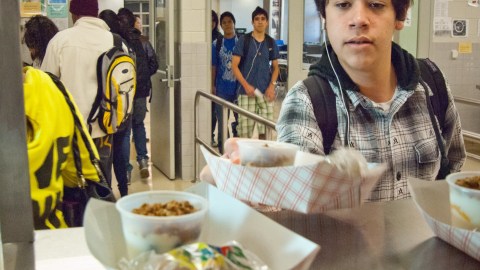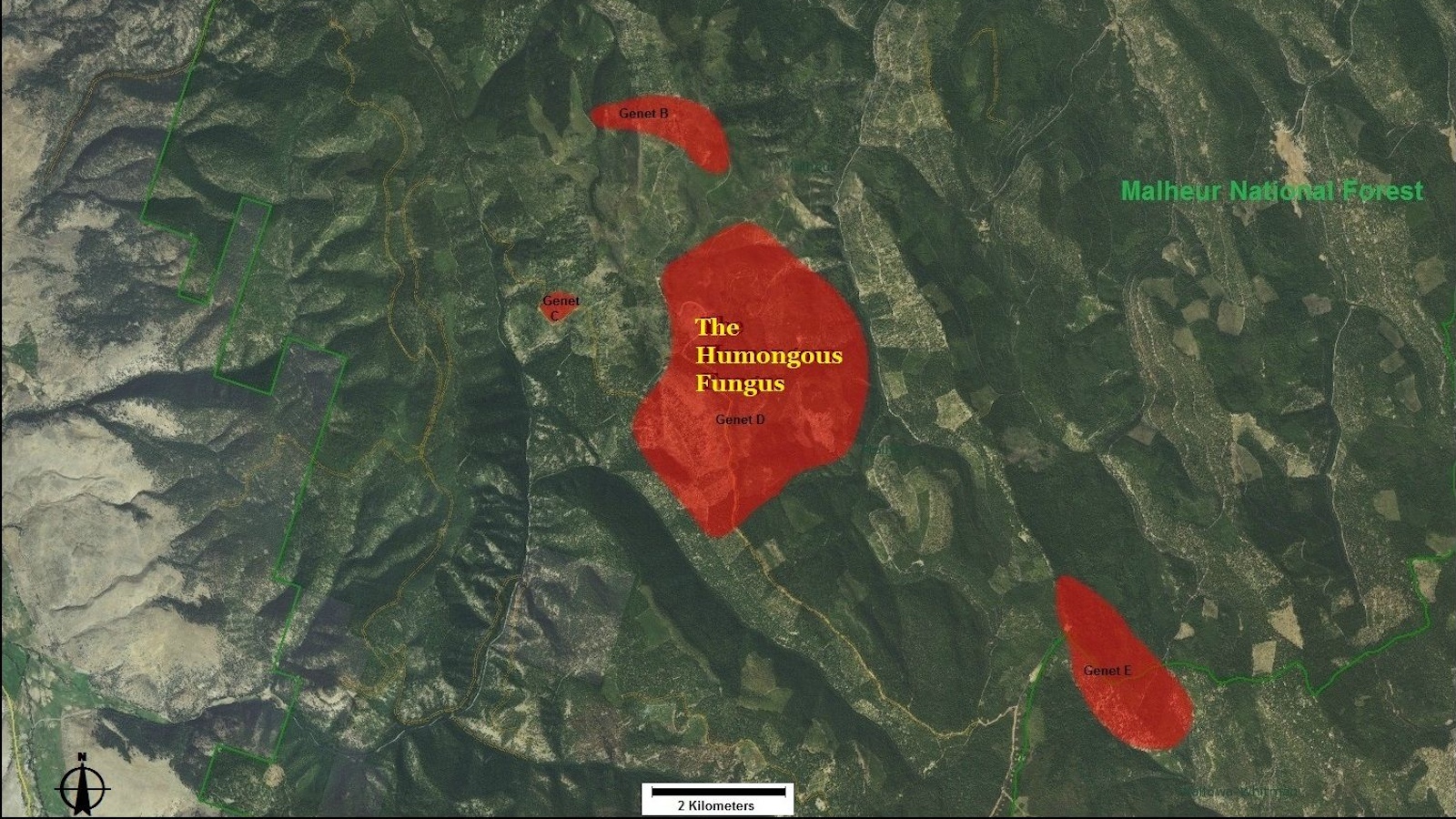How to cut food waste: Turn unused food into take-home meals for hungry kids

Image source: FLICKR.COM / USDAGOV
- An Indiana school district recently partnered with a nonprofit to send some students home with a set of frozen meals on weekends.
- In the U.S., about 12 percent of households with children will experience food insecurity at some point during the year.
- The U.S. wastes a massive amount of food. Programs like this might be a first step in cutting back on waste.
A school district in Indiana devised an innovative way to make sure its students don’t go hungry: Give them frozen meals that consist of unused and leftover food from local catering companies and other food businesses.
Elkhart Schools and a nonprofit called Cultivate recently began handing out meals through a pilot program. Students generally eat breakfast and lunch at school, but some don’t always have access to meals over the weekend. Each Friday for the rest of the school year, the program will send 20 students home with a backpack containing eight frozen meals, reports Indiana’s WBST.
“Mostly, we rescue food that’s been made but never served by catering companies, large food service businesses, like the school system,” said Jim Conklin of Cultivate. “We take well-prepared food, combine it with other food and make individual frozen meals out if it.”
The school district itself will provide some of the food.
“At Elkhart Community Schools, we were wasting a lot of food,” said Natalie Bickel of Elkhart student services. “There wasn’t anything to do with the food. So [the workers at Cultivate] came to the school three times a week and rescued the food.”
 Melissa Ramey of the Elkhart Leadership Academy Chamber of Commerce said the program is already making a big impact.
Melissa Ramey of the Elkhart Leadership Academy Chamber of Commerce said the program is already making a big impact.
“I am proud of that,” she said. “It was heartbreaking to hear that children go home on the weekends and that they don’t have anything to eat.”
In 2017, about 12 percent of U.S. households with children experienced food insecurity at some point in the year. Millions of those kids went without regular, nutritious meals for prolonged periods of time.
Food waste in the U.S.
The U.S. wastes more than $160 billion worth of food per year, which translates into more than 200 pounds of food per person. There are many ways food can get wasted: Cans get dented somewhere in the supply line, the supermarket overstocks food, products get rejected by government regulations, customers getting confused by the “use by” dates, leftover dishes during the holidays, etc.
In addition to not helping hungry families, that wasted food typically isn’t used for other purposes that’d be better than simply putting it in a landfill, such as using it to feed pets and livestock, or for industrial purposes. What’s more, wasted food is damaging to the environment because it generates methane when it decomposes anaerobically, and it also wastes a ton of water — about three times the size of Lake Geneva, as noted in a 2014 report referenced by TheNew York Times.
The Elkhart program, and ones like it, seem to be the first step at cutting back on the massive food waste problem in the U.S., a country where food is plentiful but not necessarily valued.
“Food waste — it’s kind of the tip of the iceberg,” Jason Clay, a senior vice president in charge of food policy at the World Wildlife Fund, told The New York Times. “It’s the most obvious place to start.”





